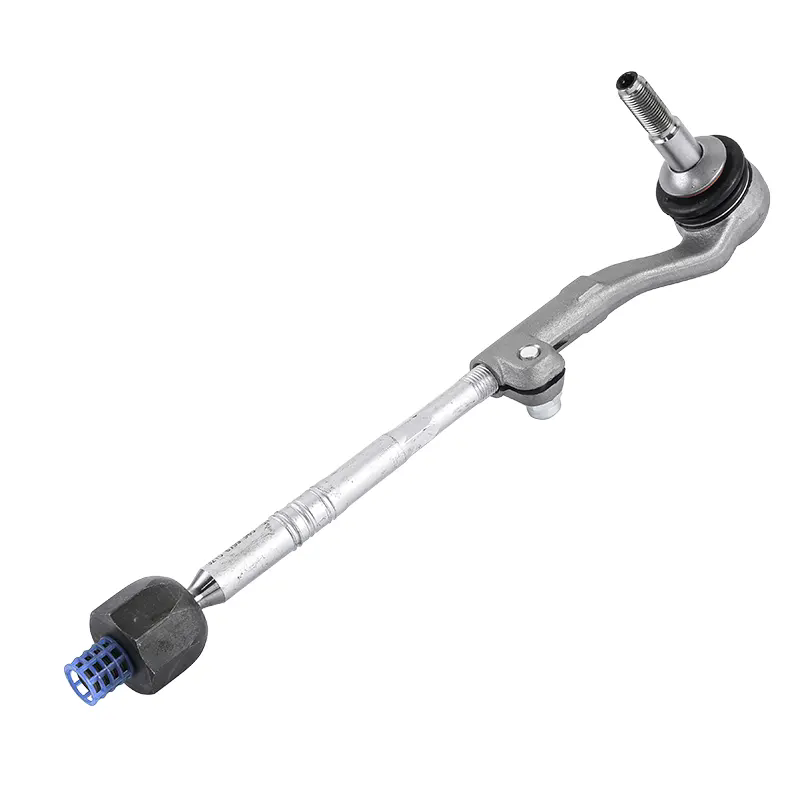Applications of Axial Rods
2024-07-05
An axial rod typically refers to a rod-shaped component that is oriented along the axis of an object or system. The term "axial" implies that the rod runs parallel to the central axis of something, such as a mechanical assembly, structural framework, or scientific instrument. Here are a few contexts in which axial rods are commonly used:
Applications of Axial Rods
1. Mechanical Engineering:
- Axial Rods in Machines: In mechanical systems, axial rods often refer to rods that transmit axial forces or tensions along their length. These rods can be part of linkages, supports, or structural elements that help maintain alignment or provide stability under axial loads.
2. Construction and Architecture:
- Axial Rods in Structural Design: In construction, axial rods can be used as tension members in structures like bridges, buildings, and roof trusses. They help withstand tensile forces by carrying loads along their length, contributing to the overall stability and integrity of the structure.
3. Scientific Instruments:
- Laboratory Equipment: In scientific instruments, axial rods may be part of precision devices such as microscopes, telescopes, or measurement tools. They may support or align components along a central axis to ensure accurate measurements or observations.
4. Automotive and Aerospace:
- Suspension Systems: In vehicles, axial rods (often referred to as tie rods or control rods) are crucial components of suspension systems. They help maintain alignment and support steering mechanisms by transmitting forces along their length.
5. Electrical and Electronics:
- Transmission Lines: In electrical and electronic systems, axial rods can refer to elements like antenna elements or transmission line supports that are oriented along the propagation axis of electromagnetic waves. They help in directing or supporting signal transmission.
Characteristics and Considerations
- Material and Strength: Axial rods are typically made from materials such as steel, aluminum, or composite materials depending on the application’s requirements for strength, durability, and weight.
- Alignment and Precision: They are often machined or manufactured to precise tolerances to ensure proper alignment and functionality within their intended application.
- Installation and Maintenance: Proper installation and periodic maintenance are crucial to ensure the integrity and performance of axial rods, especially in critical applications like aerospace or structural engineering.
Examples of Axial Rods in Context
- Tie Rods in Automotive Suspension: Axial rods (tie rods) connect steering systems to the wheels, ensuring alignment and control.
- Threaded Rods in Construction: Used as structural elements to provide tension support in building frameworks.
- Support Rods in Laboratory Instruments: Provide stability and alignment in precision instruments such as optical microscopes.
- Transmission Line Supports: Used in radio antennas or telecommunications towers to support and orient transmission elements.
In summary, axial rods play a critical role in various applications where alignment, stability, and the transmission of axial forces are essential. They are integral components in mechanical systems, structural designs, scientific instruments, and more, contributing to the functionality and reliability of diverse engineering and technological systems.



